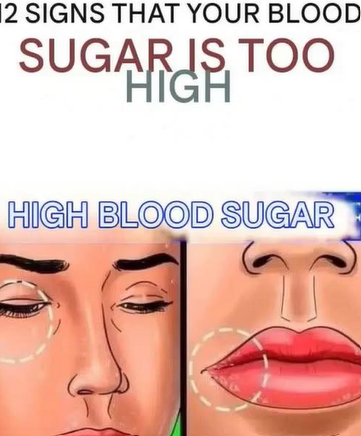High blood sugar, also known as hyperglycemia, is a hidden risk that can affect anyone — not just people with diabetes. Glucose is your body’s main source of energy, but when levels climb too high and stay there, it can quietly cause lasting damage. Normally, insulin helps keep blood sugar balanced. But factors like poor diet, stress, lack of exercise, or certain health conditions can disrupt this system, leading to dangerous spikes even in those without diabetes.
The warning signs aren’t always obvious at first. You might notice constant thirst, frequent urination, or sudden hunger paired with ongoing fatigue. Blurred vision, slow-healing cuts, or repeated infections can also point to trouble. Tingling or numbness in the hands or feet, mood swings, dry skin, a parched mouth, fruity-smelling breath, or swelling in the legs and feet are additional red flags.
Ignoring these symptoms raises your risk for serious complications, including type 2 diabetes, heart disease, kidney damage, nerve problems, vision loss, and even mental health challenges. The good news: you can take control. Simple lifestyle changes — eating balanced meals with plenty of fiber and fewer added sugars, exercising regularly, staying hydrated, checking blood sugar when possible, and managing stress — all help bring levels back into balance.
Hyperglycemia often develops silently, but your body gives you signals. By noticing them early and making small, mindful changes, you can protect your long-term health and live with more energy and vitality — whether or not you have diabetes.
